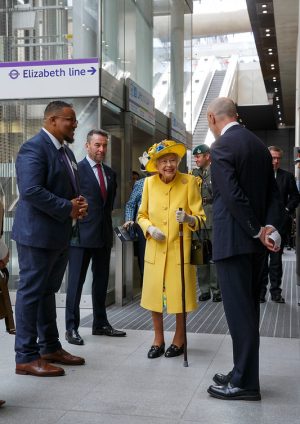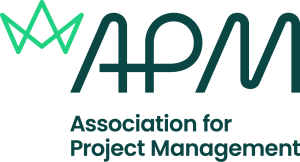The delivery of Elizabeth line operations from concept to passenger service has ultimately been very successful. The line is a new type of service in the UK, analogous to the French RER or German S-Bahn systems, and brings together (i) major new infrastructure, (ii) new rules and regulations (as it is a unique railway) and (iii) new teams, many of which are themselves new to the industry and/or are part of organisations that have not worked together in a similar formation before. This is almost unprecedented: most new railways involve one or two of these three elements, not all at once. The Elizabeth line was also delivered within the complex UK/EU-prescribed contractual framework, including separation of track and train.
Nevertheless, the Elizabeth line has (by the end of 2022) delivered almost exactly the train service envisaged in the original Sponsors Requirements and at the time of the Crossrail Bill receiving Royal Assent – with the final stage to follow in May 2023. Change to the proposed service has been carefully controlled throughout that period of nearly 15 years within an environment that could have seen significant and damaging ad-hoc adjustments, with the one significant change being the very worthwhile extension of the western terminus to Reading. Initial passenger operations in the Crossrail Central Operating Section (CCOS) from May 2022 were successful in terms of reliability and attracting ridership – the ‘stand-alone’ railway that was operated from May to November 2022 was among the UK’s most reliable – and while through running onto infrastructure managed by Network Rail (NR) is more technically challenging, there is every sign that this too will settle down into a reliable and very popular service, delivering the benefits intended.




